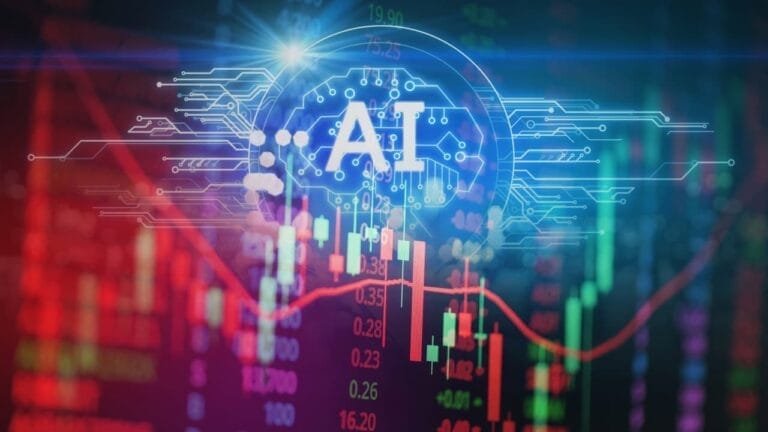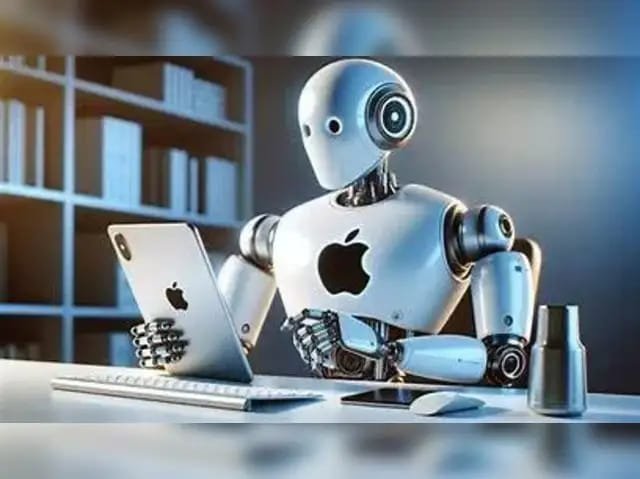
Artificial Intelligence is one of the most advanced technologies of today’s era. It gives machines the ability to think, understand and make decisions like humans. But have you ever wondered how AI actually reasons? How does it process data and draw conclusions? In this article, we will understand the reasoning process of AI in detail and see how similar or different it is from the human brain. Basics of AI: Machine Learning and Data Analytics
The main basis of AI is Machine Learning (ML) and Data Analytics. AI systems collect, process and find patterns in large amounts of data. This process involves the following steps: Data Collection AI requires large amounts of data to learn. Data Processing The data is cleaned and structured. Model Training The AI model is trained on the data so that it can recognize patterns. Testing and Optimization
Aspects AI Human Brain
The accuracy of the model is tested and improved. Types of AI: How do different AI systems reason? AI can be divided into different categories based on its functioning Rule-Based AI This system works on pre-defined rules. Example: Chess playing programs, spam filters. Limitation: It can work only under predefined conditions. Machine Learning (ML) This AI learns from data and creates new rules automatically. Example: Face recognition, recommendation systems (e.g. Netflix, Amazon) Deep Learning This is an advanced form of machine learning that uses neural networks. Example: Google Translate, self-driving cars.
How does AI make decisions?
The reasoning process of AI mainly depends on algorithms. These algorithms analyse the data and draw conclusions. Some major methods Deductive Reasoning Drawing specific conclusions from general rules. Example: All humans are mortal. (General rule) Socrates is a human. Therefore, Socrates is mortal. (Conclusion) Inductive Reasoning Drawing general rules from specific examples. Example: All crows that have been observed are black. Therefore, all crows are black. Abductive Reasoning Drawing the most probable conclusion based on the available evidence. Example: The grass is wet.
Possible causes: It may have rained or someone may have poured water.
Difference in reasoning between AI and human brain
Speed and very fast (millions of calculations in a second) | Slow (but creative) | Emotions No | Yes (morality, motivation, fear) Method of learning From data and algorithms | From experience, observation and logic | Flexibility Limited (depends on programming) | High (can absorb new ideas)
Challenges in AI reasoning Data bias If the training data is biased, the AI will make the wrong decisions. Black box problem Some AI models are so complex that their decisions are difficult to understand. Ethics What will be the social impact of decisions made by AI? Future: How will AI reasoning evolve further? General AI Human-like multidimensional intelligence. Quantum computing Extremely fast and complex calculations. Neuromorphic computing AI chips with a structure similar to the human brain. Conclusion AI’s way of reasoning is different from the human brain, but it is evolving rapidly. In the future, AI will be more intelligent and capable of making decisions independently. However, there are ethical and social challenges associated with it, which need to be addressed







2 thoughts on “How does Artificial Intelligence (AI) reason? Detailed description of the human brain”